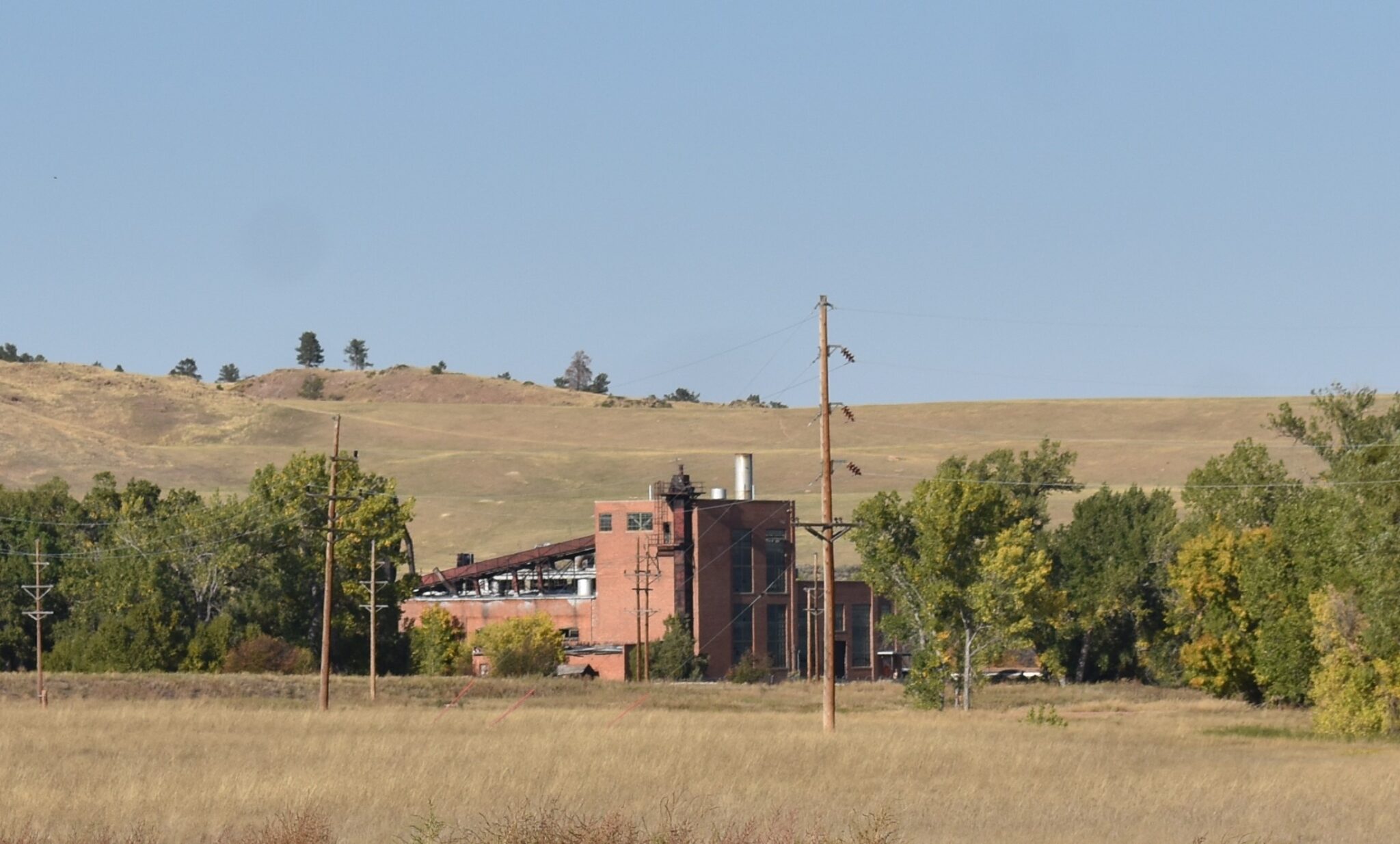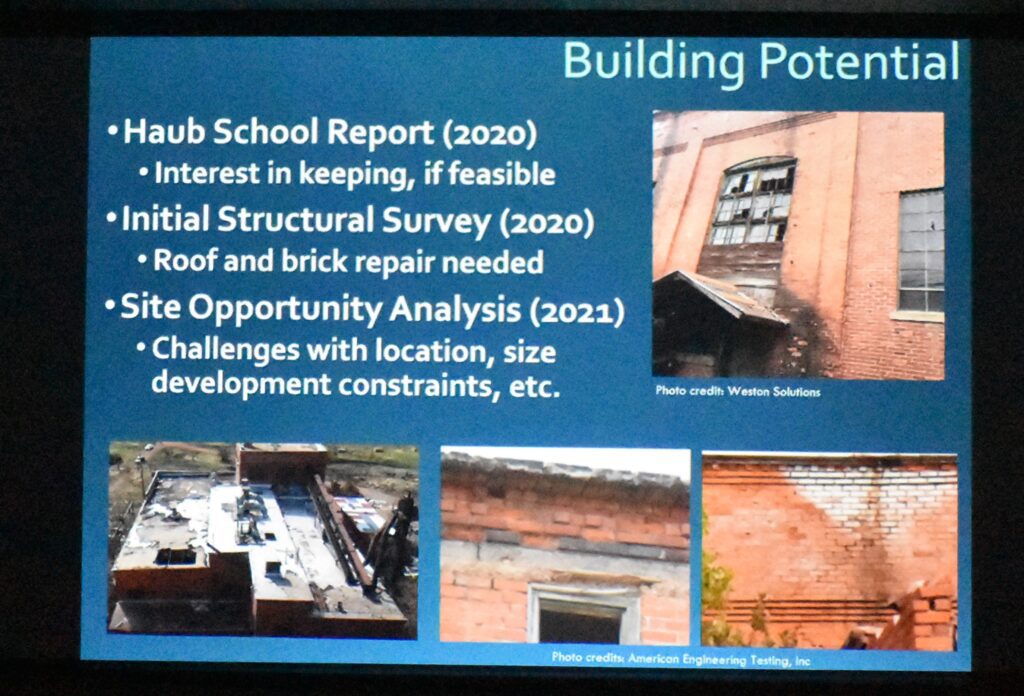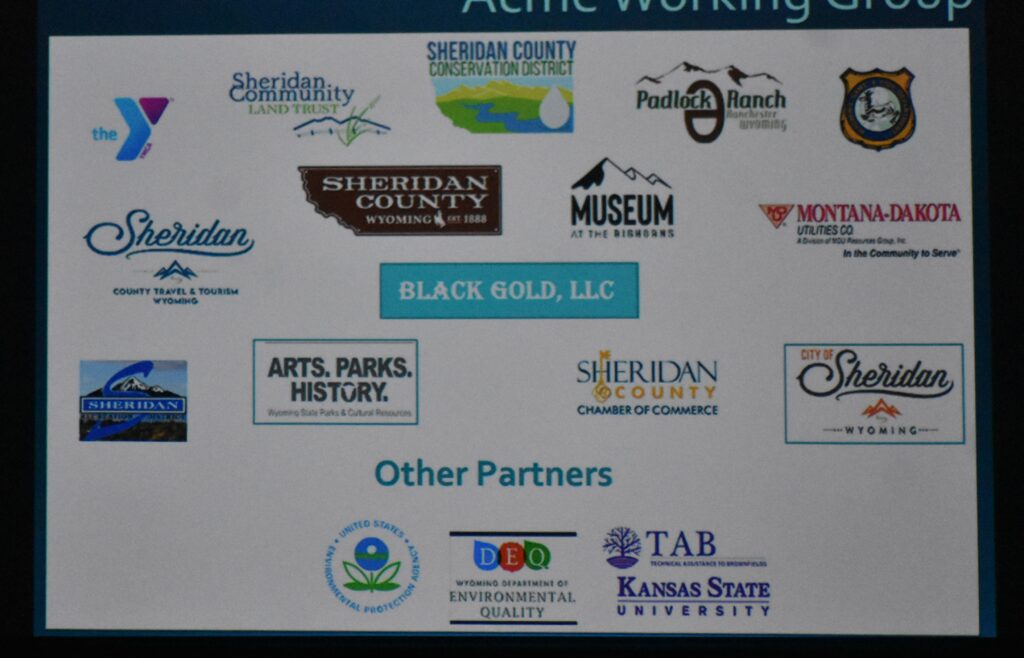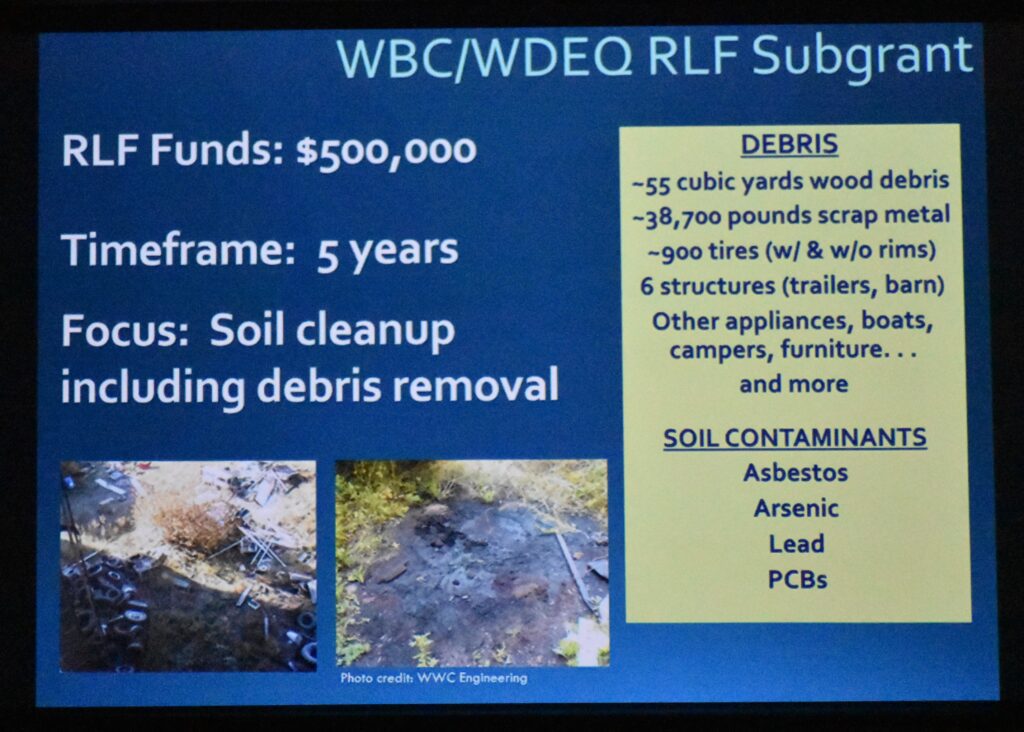News
Acme Power Plant Subject of SCLT Talk

On Oct. 17, at the Tongue River Valley Community Center in Dayton, the SCLT (Sheridan Community Land Trust) Explore History Program featured Sheridan County Conservation District’s Carrie Rogaczewski and SCLT’s Kevin Knapp with a presentation about the fascinating history and future of the historic Acme Power Plant.

Knapp opened the program with the history of the Acme Power Plant, Acme and some of the other coal towns in the area.
He said that the coal industry in Sheridan brought a population increase, investors from all over the nation and the first cultural groups from all over the world.

He added that by there were over 10,000 people in the coal mining communities along Tongue River, which more than doubled the population of Sheridan County. Coal brought the people in, and in 1909, the Wyoming Coal Mine inspector said Sheridan County had more coal than any area west of the Mississippi, and although Sheridan had the coal, they didn’t have the shipping capacity of towns to the east and south. Between the railroad and the local and national markets, the demand for coal increased. The increased demand meant more workers, and to attract and keep workers the coal companies built company towns for housing.
He talked about other electric plants in Sheridan, Eatons had a hydro plant to power the guest ranch, and the Sheridan Inn had a generator as well.
There was an electric company in Sheridan in 1905, and a few years later the Acme coal fired power plant was built to power the town of Acme, the mining camps in the area and the town of Sheridan. Lines were run to Sheridan and the mining camps and Fort Mackenzie. The Sheridan Electric Company later owned the plant and was one of the largest electrical plants in Wyoming at the time.

Carrie Rogaczewski said that the Sheridan County Conservation District now owns the power plant and the site it sits on, and they coordinate the clean-up efforts.
She added that the old power plant could not be re-built, as it has deteriorated too much over the years. However, the Sheridan Conservation District and their partners hope to at least memorialize it on the original site in some way.

Work continues to clean up the coal ash pile, and the contaminates at the site – asbestos, lead and other debris. Rogaczewski said that people had, over the years, used the site as a dump. There are hot tubs, campers, and wood debris.

Explore History is funded with support from the Next Fifty Initiative. The next Explore History program will be on November 14 in Sheridan and November 21, in Dayton, and the subject will be the ‘Battle Where the Girl Saved Her Brother” aka the “Battle of the Rosebud.” Both will be at 10 a.m.

